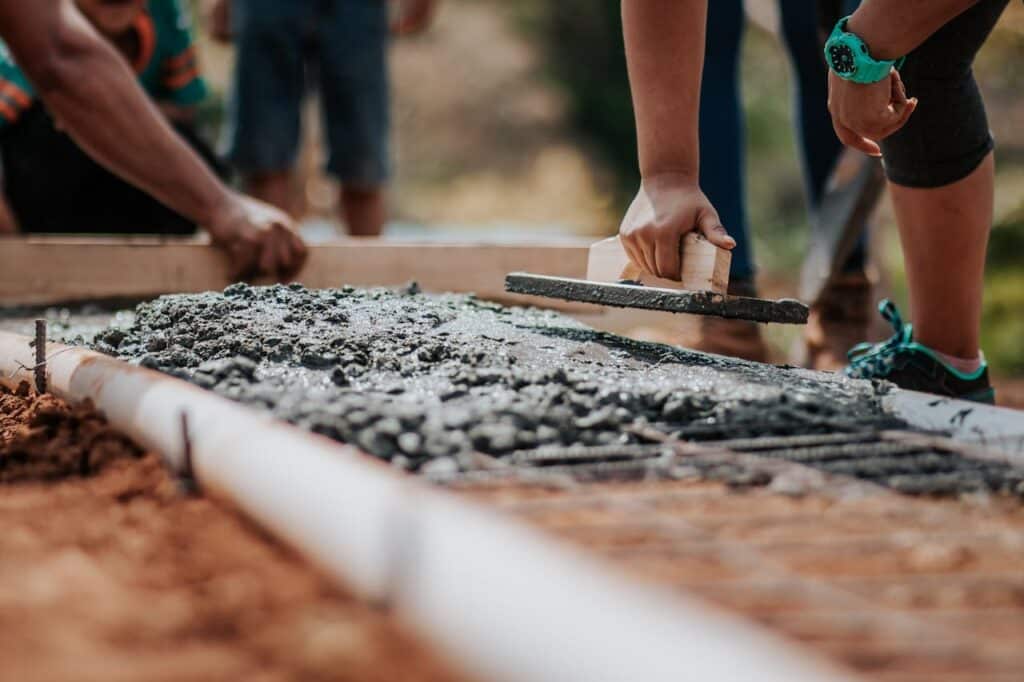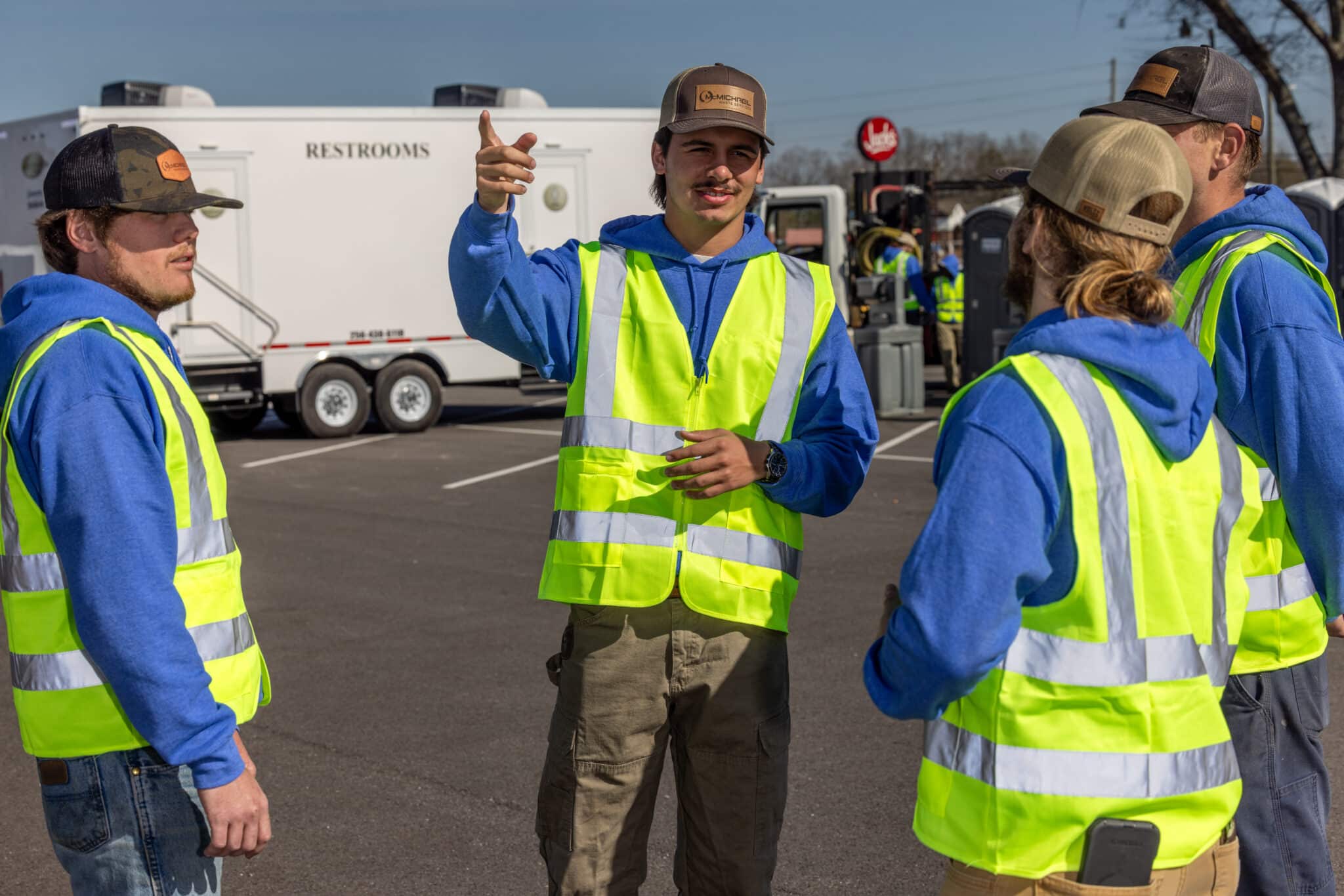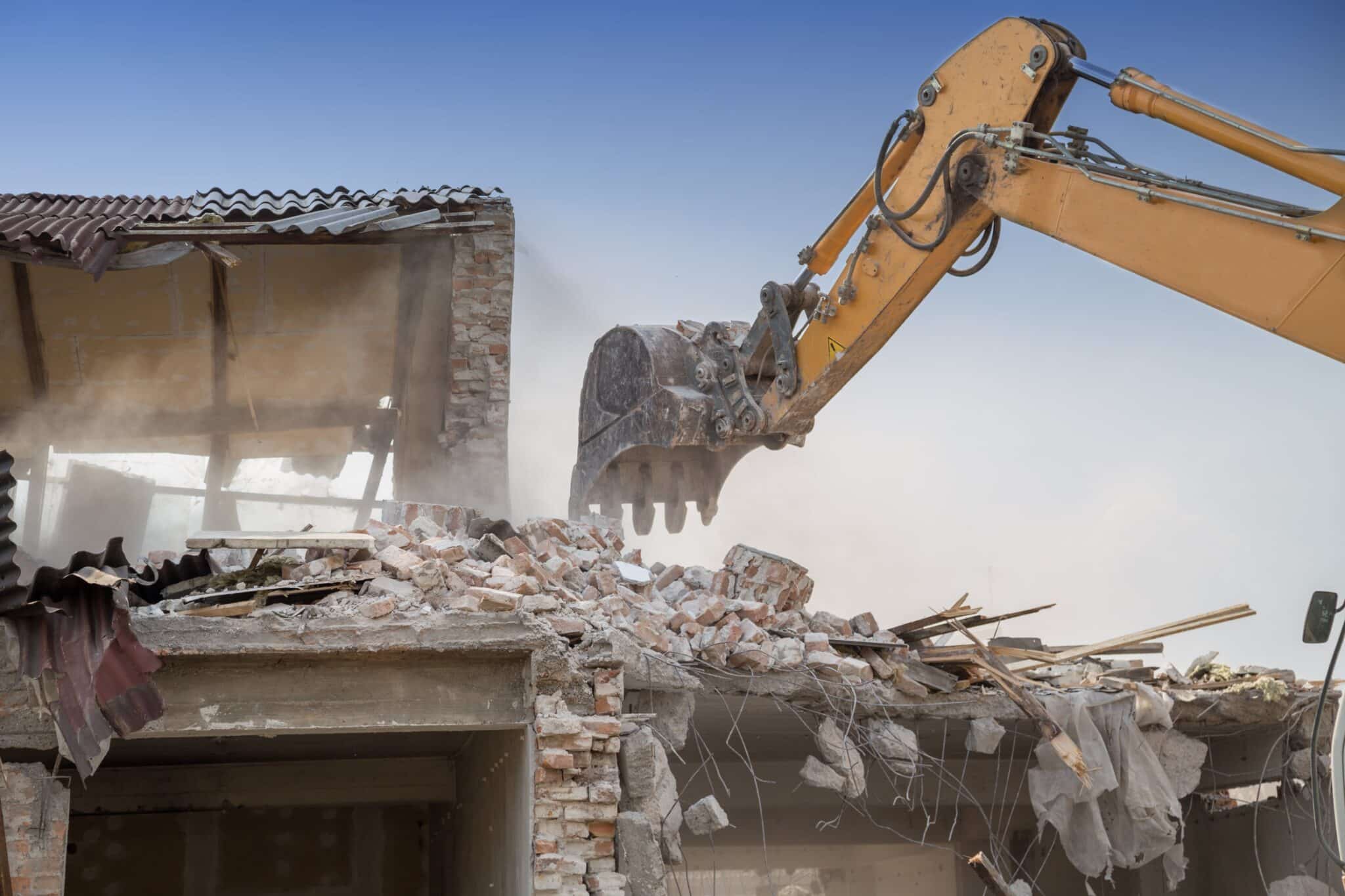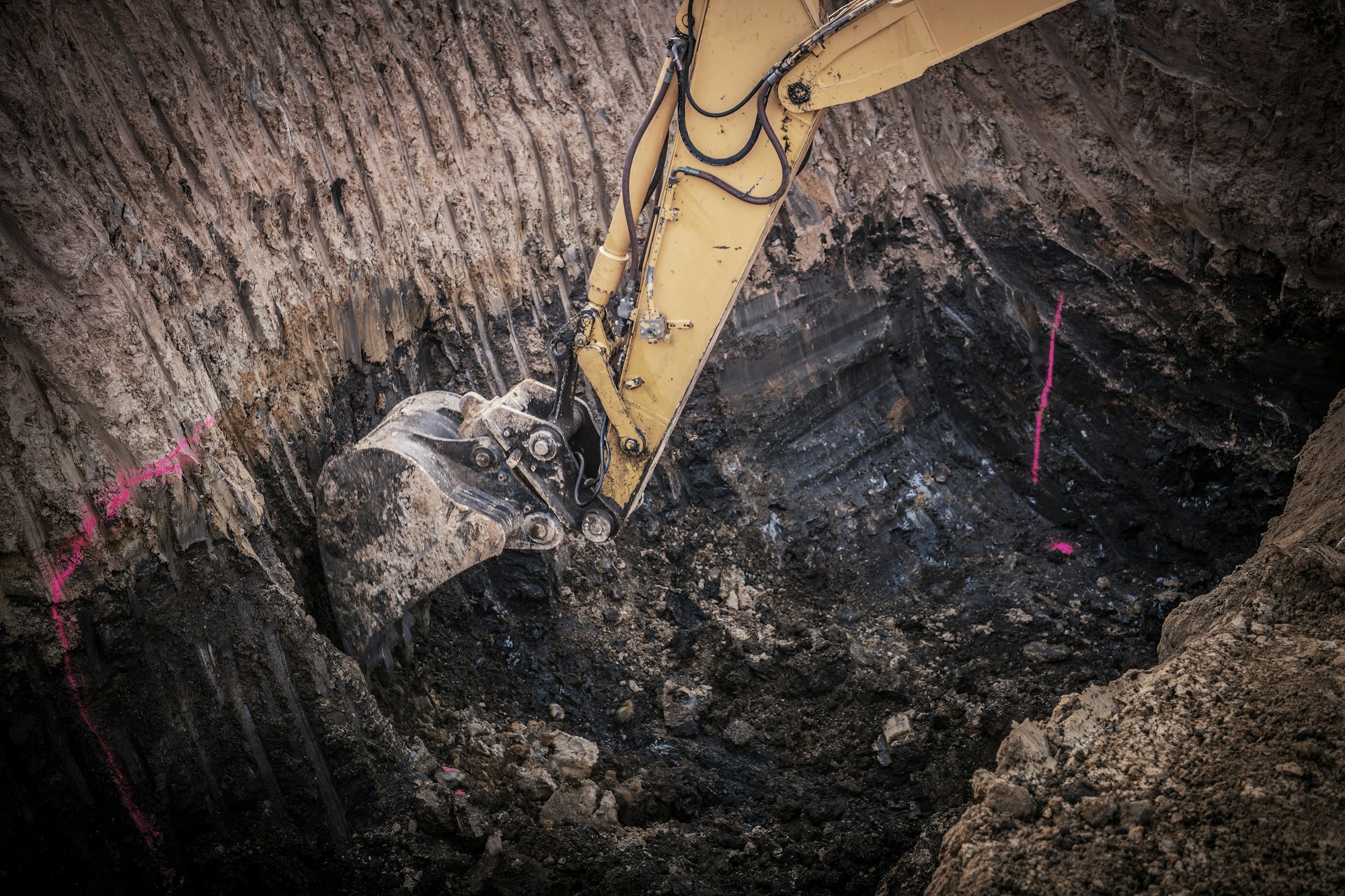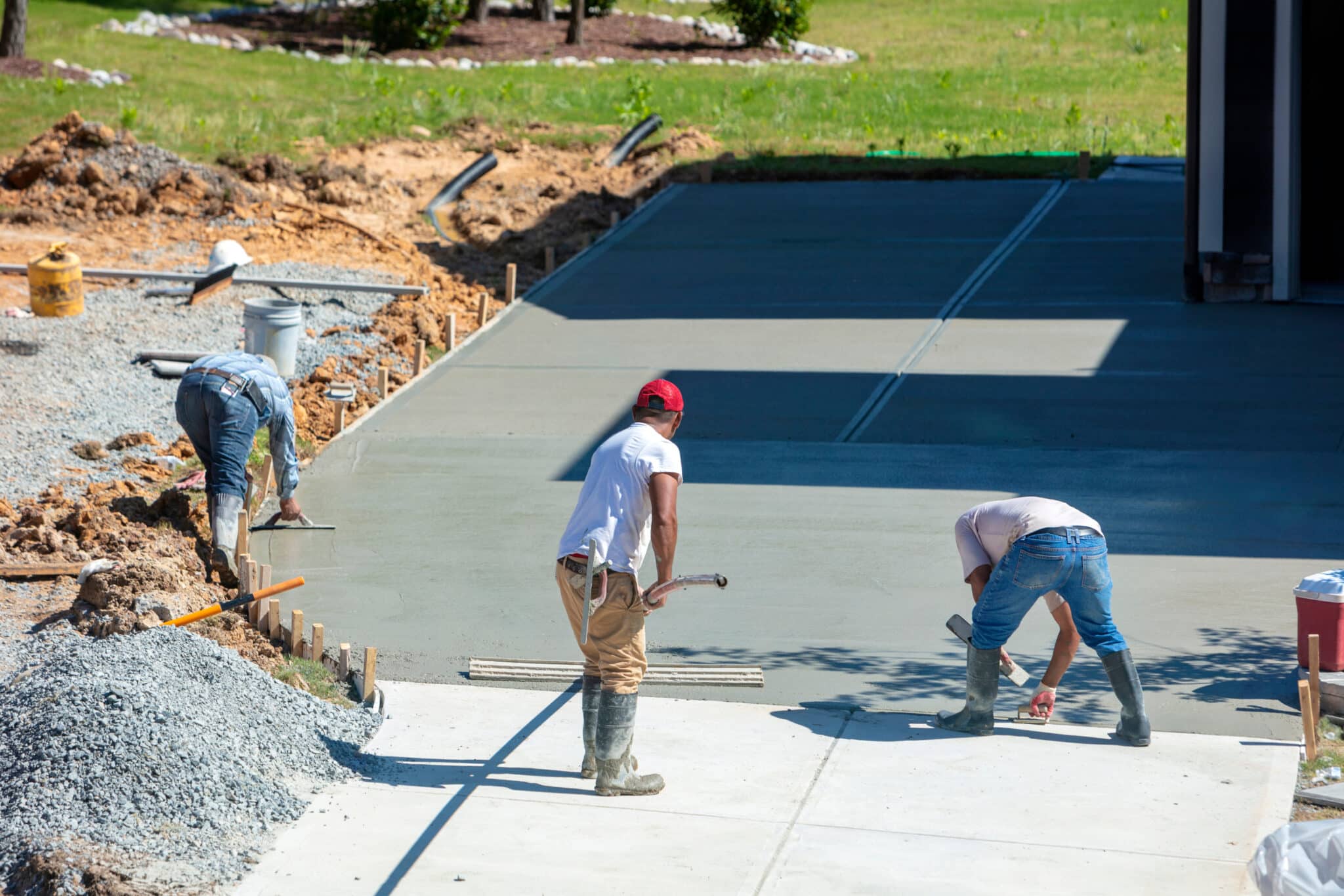Concrete finishing is a crucial step in many construction projects, contributing to both the durability and aesthetics of the final structure. Whether it’s a sleek patio or a sturdy foundation, the way concrete is finished can make all the difference in its lifespan and appearance. Yet, as straightforward as it might seem, finishing concrete isn’t a one-size-fits-all task, especially when you factor in the different weather conditions that can affect the process. Weather doesn’t just influence when you can pour concrete; it can impact the whole finishing process, presenting unique challenges that need careful consideration.
Think about a hot summer day when a quick-drying mix can lead to cracks before you even start smoothing it out. Then there’s cold weather, where slow curing can cause weakness and make the surface prone to frost damage. Rainy conditions bring their own set of problems, turning fresh concrete into a soggy mess if not handled properly. Understanding these challenges is key to ensuring your concrete work doesn’t just survive but thrives regardless of the weather.
Understanding the Impact of Weather on Concrete
Weather plays a big role in how concrete cures and finishes. The process is very reactive to temperature, moisture, and humidity. Each type of weather condition brings its own hurdles. For example, hot weather tends to speed up the curing process. This might sound like a time-saver, but it can lead to cracks and an uneven finish due to rapid evaporation. In cold weather, the curing process slows down, which can make the concrete weak if it doesn’t set properly. Freezing temperatures can cause the concrete to crack or flake, compromising its strength.
Rainy conditions are a whole different ballgame. Water can seep into the surface, affecting its durability and color, and can wash away the cement paste, leaving a rough, uneven surface. It’s like trying to bake a cake with the oven door open; the texture and consistency just won’t come out right. Keeping an eye on the weather forecast is a start, but that’s just part of the solution. Preparing your site accordingly ensures you get a solid, lasting finish.
Tips for Finishing Concrete in Hot Weather
Getting concrete to behave on a hot day can feel like a juggling act. But a few smart steps can help you manage this challenge effectively:
– Prep the Site Early: Start pouring in early morning hours to avoid the peak heat.
– Use Cool Water: Mixing concrete with cold water to slow the setting process can help.
– Shading and Windbreaks: Use temporary structures to block direct sunlight and reduce wind, which can both speed up drying.
– Damp Burlap or Polyethylene Sheets: Cover the surface to retain moisture and prevent rapid drying.
Having a plan in place for hot weather can save your concrete from premature cracking and ensure it cures to its full potential. Adjustments like these might seem small, but they can make a significant difference in the outcome of your concrete work.
Tips for Finishing Concrete in Cold Weather
Cold weather poses its own challenges for concrete work, testing your patience and planning skills. With temperatures dropping, the curing process slows, but there are ways to work around these conditions:
– Warm Up the Materials: Keep your materials warm before mixing. Use heated water for mixing to help speed up the curing process.
– Use Insulation: Cover the concrete with insulating blankets to retain heat during curing. This helps maintain an adequate temperature to prevent freezing.
– Avoid Cold Surfaces: Try not to pour concrete on frozen ground or snow. Clear the site and maybe even use a temporary heat source to warm the ground beforehand.
With these steps, you can help your concrete work set well despite the cold. Just like putting on an extra sweater in winter keeps you warm, these measures protect your concrete.
Tips for Finishing Concrete in Rainy Conditions
Rain presents a completely different scenario, where moisture control becomes your priority. Protecting your concrete work from the elements is crucial:
– Have a Waterproof Plan: Always check the weather and have plastic sheeting ready to cover the concrete at the first sign of rain.
– Time It Well: Try to time your concrete work between rain showers, allowing your mix some time to set without being disturbed by water.
– Ensure Drainage: Avoid pooling water on the concrete surface by using proper drainage methods to channel water away from the fresh pour.
These strategies help you manage rain-related challenges, much like using an umbrella when you expect a downpour.
Ensuring Safety and Efficiency
Maintaining a safe work environment is as important as getting the finish right. Working efficiently means planning ahead and being prepared for any weather-related hiccup:
– Plan for All Conditions: Always start with a clear safety plan, making sure everyone knows their role and responsibilities.
– Regularly Check Equipment: Ensure all tools and safety gear are in good working order, and inspect them regularly.
– Communicate Clearly: Keep communication lines open among team members to quickly address any issues that arise on-site.
A well-executed plan not only keeps everyone safe but also ensures a smooth and hassle-free project execution. Think of it as the foundation of a sturdy building—essential for everything else that follows.
Taking these steps ensures you’re ready to tackle any weather challenges while finishing concrete, delivering high quality results without compromising safety or efficiency. With careful planning and the right techniques, you can achieve a smooth, professional finish.
For those tackling unique weather challenges in concrete work, having expert guidance can make all the difference. McMichael Waste Services offers comprehensive support to ensure durability and aesthetics are met, no matter the conditions. To get started on your project and explore how professional handling can improve your concrete finishing, reach out to McMichael Waste Services today for tailored assistance.


